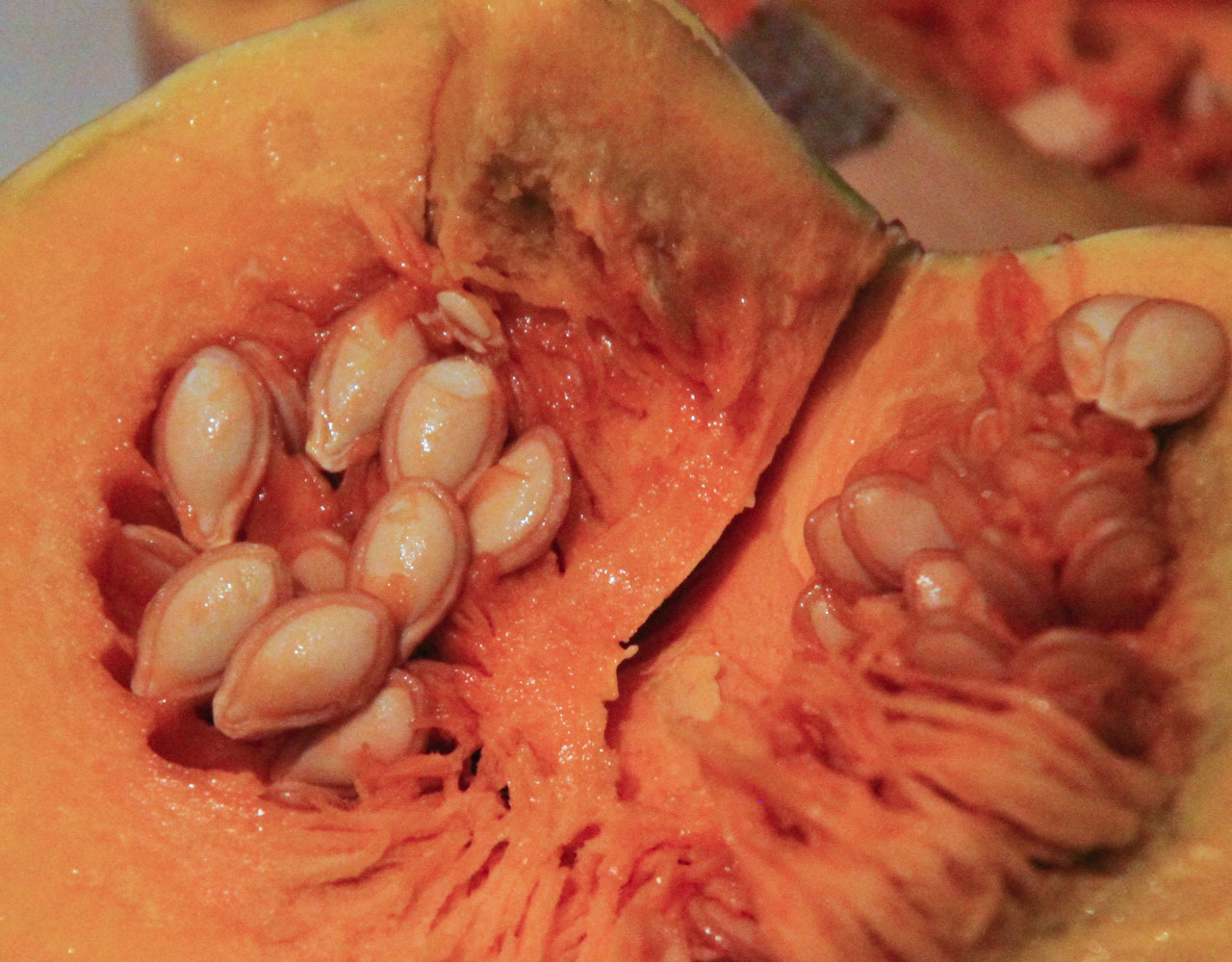While September was a real scorcher in the capital, that hasn’t prevented stores across Ottawa from proudly displaying cheesy Halloween decorations in every shade of orange imaginable, and pumpkin spice lattes are back for better or for worse.
But fall doesn’t have to be just overused Instagram photos of fallen leaves with too much saturation applied. Fall produce—pumpkin, squash and the like—is known for being both incredibly tasty and easy on the wallet. As an added bonus, feel free to stock up on as much squash as you can this season, since it’ll keep for ages in your pantry.
With that being said, here’s an easy recipe that I can guarantee is far more than the sum of its parts.
Pasta with Butternut Squash and Sage
Ingredients:
- 1 Butternut Squash
- 100-200g of pasta, ideally a more rustic shape like orecchiette, conchiglie or fusilli
- 10-15 fresh sage leaves
- Two tablespoons butter
- Olive oil, enough to just coat your pan
- Salt
- Pepper
- Parmesan cheese
Steps:
- Fill a pot three-quarters full with water and bring to a boil. Contrary to popular belief, you don’t need that much water to cook pasta, just enough to give it some room to move and to prevent it from burning at the bottom and sides of the pot.
- In the meantime, cut your squash in half crosswise, and peel the skin of the half without the seeds (keep it for later, as you can make a great puree with the leftovers). A peeler will waste less of the edible part, however since the skin is very tough you might need to cut it off with a knife.
- Once peeled, cut the squash lengthwise into sections a centimeter thick. Then, cut the sections into sticks one centimeter-wide, and finally into one centimeter cubes. You get the gist.
- By now your water should be at a rolling boil. Add roughly one tablespoon of salt per litre of water used. The most common mistakes when cooking pasta are overcooking it and not adding enough salt. If you’ve ever been to the Mediterranean or any other body of salt water, it should taste roughly the same. Add your pasta, and stir every once in awhile to make sure it doesn’t stick
- Heat a large pan over high heat with the olive oil until it just starts to smoke and pour in your squash. Let it sit until the edges develop a beautiful caramelized crust, and flip to caramelize evenly on all sides. Add salt and pepper to taste
- Lower the heat to medium-low, and add in two tablespoons of butter. The butter will turn brown, giving the squash even more of a nutty flavor. Finely mince the sage, and stir it into the pan.
- Check your pasta often for done-ness. For a proper Italian al dente texture, remove it from the heat and strain as soon as you don’t see a line of white, uncooked starch in the center of the pasta when cut in half. Save some of the pasta water for later.
- Add the pasta to the pan, and stir vigorously to mix together all the ingredients. If you have a date or friend over, now is the time to impress them with your awesome pan flipping skills, but hopefully the end product should be able to do all the talking. Add some of the pasta water bit by bit, until a nice, creamy sauce develops.
- Sprinkle with finely grated parmesan cheese and some more pepper, and serve.
Butternut Squash Puree
Let’s say you weren’t really hungry, so you only used a quarter of the squash, or you followed the recipe and now you’re left wondering, “Great, now I have to find a use for this thing.” Fear not, if you managed the previous dish, this one will be a no-brainer.
Steps:
- Cut the remaining squash lengthwise, and remove the seeds.
- Roughly chop into pieces more or less the same size. No one will notice once it’s cooked down, but it’s nice to have them cook somewhat evenly.
- Heat a pot on medium-high and add a liberal amount of butter. When the butter starts to show hints of browning, add in your squash and let it sit there just like before.
- Once you have a bit of caramelization going on, add salt and pepper to taste, stirring well. Remember, salt will help draw out the moisture from the squash, so don’t be shy.
- Cover with a tight-fitting lid, and cook on medium until softened, checking every 15 minutes that the bottom hasn’t burned. The squash should release just enough moisture on its own to prevent this, but in case it’s running dry feel free to add a bit of water as needed.
- Once cooked, you should be able to squash the squash—help me—with a wooden spoon until a nice, thick puree forms.
- You can add some milk or cream for flavor and lighter texture or serve as is for a comforting fall meal.
The ‘I hate fall and all the associated imagery’ pasta
Maybe you had a traumatic experience as a child carving pumpkins for Halloween, maybe modern-day consumerism has become too much for you to handle or maybe, you just don’t like squash. Regardless of the reason, this pasta dish holds up on its own even without the squash, to make a classic burro e salvia sauce.
- As before, melt plenty of butter in a pan on medium heat, and add the sage to infuse.
- When the pasta is cooked, drain and pour into the pan, adding pasta water to emulsify into a smooth and delicious sauce.
- Add salt and pepper to taste, and serve with parmesan cheese.
You don’t need a lot of ingredients to make a great dish, and this one will surely become a staple for when you need a quick and easy meal that is more than the sum of its parts. Butter and sage is a great combination, and can be used to flavor meat like in a saltimbocca or to produce a polenta so good you’ll want to take up Italian cooking lessons.
Enjoy!
Photo by Meagan Casalino





![Here’s how your favorite media platforms shape your world view without you realizing it Advertising revenue and subscriptions are the main source of income for news outlets. [Graphic by Sara Mizannojehdehi]](https://charlatan.ca/wp-content/uploads/2021/07/11BE7ADB-1CC8-46E8-ADB4-568B3C7F1265-218x150.jpeg)
